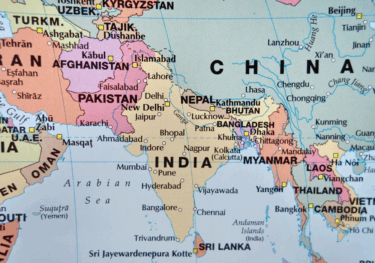Major cities will see GDP growth rates diverge, 2022-26
 In 2022 there are larger variations in employment growth between cities in North America, Europe, and Asia Pacific than the variations between those regions in city GDP growth. That reflects pandemic-related factors, influencing short-term employment trends. But over the 2022-26 the reverse is true, as pre-pandemic differences in factors such as industrial restructuring, demographics, migration flows, and productivity growth resume their former importance.
In 2022 there are larger variations in employment growth between cities in North America, Europe, and Asia Pacific than the variations between those regions in city GDP growth. That reflects pandemic-related factors, influencing short-term employment trends. But over the 2022-26 the reverse is true, as pre-pandemic differences in factors such as industrial restructuring, demographics, migration flows, and productivity growth resume their former importance.
What you will learn:
- An example of industrial restructuring is the shift of manufacturing within Asia Pacific, towards cities in southeast Asia and south Asia. The continuing rise of tech cities in the US is another example.
- Whether cities can create and then fill new jobs depends in part on demographics. Europe’s working age population has been in decline for over a decade. But for Europe’s cities, that is not true, thanks to migration.
- Productivity also matters a lot. Warsaw, Europe’s fastest growing major city over the 2022-26 period, benefits greatly from productivity growth.
Related Posts

Post
A region of expansion and inequality: The highs and lows of Southern Asian cities
Our Global Cities Index shows that whilst Southern Asian cities do not top the overall rankings, they are important global players, with particularly strong economic performance.
Find Out More
Post
Industrial Hubs: Finding opportunity amid the challenges
Although each legacy city confronts distinct obstacles, they also possess distinctive strengths that can be harnessed for success in today's world. The Global Cities Index reveals that these cities can study successful examples and apply those insights to develop effective approaches for thriving in our fast-evolving global landscape.
Find Out More